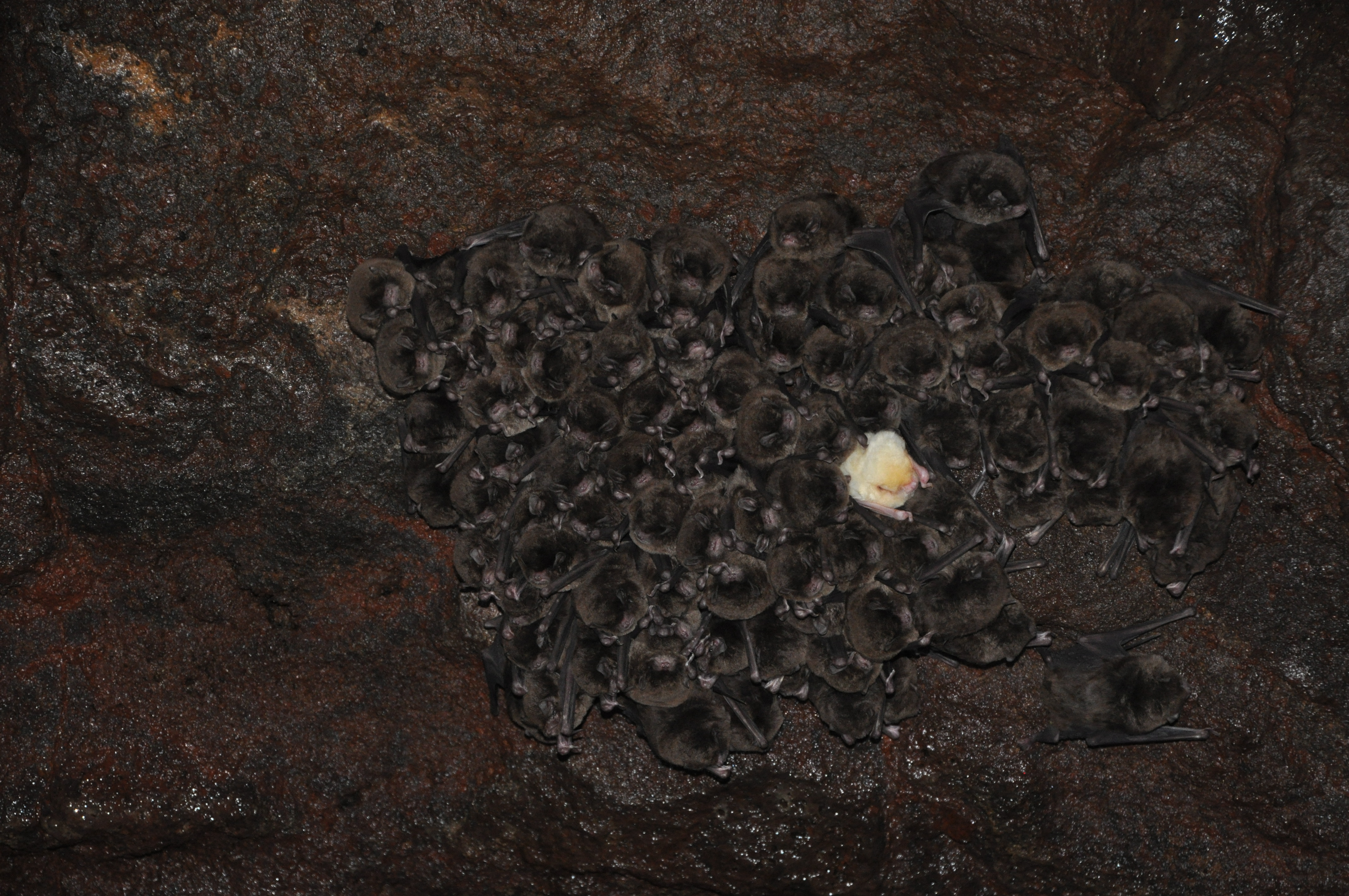Reporting Bat Survey Data:
A Practical Guide

Preface
The curfew tolls the knell of parting day,
The lowering herd winds slowly o’er the lea,
The ploughman homeward plods his weary way,
And leaves the world to darkness and to me.1
In the vast realm of ecology, the ability to effectively collect, analyze, and communicate data is paramount. This book, tailored for non-numerate ecologists, serves as a comprehensive guide to the Data Science of reporting bat (Chiropteria) survey results. Navigating through the intricate world of statistical analysis, the text introduces the concept of tidy data, guiding readers through the process of transforming raw data from sound analysis into a structured and easily interpretable format. The journey extends to the aggregation of results into tables, providing a clear foundation for understanding complex datasets. Emphasizing the importance of visualization, the book unveils the power of graphical representation in conveying scientific findings.
The narrative unfolds within the user-friendly landscapes of R and RStudio, offering a seamless exploration of Literate Programming. For Python coders the R techniques illustrated here are readily translated to Python and Jupyter Notebooks; even a combination of coding languages can be applied, ensuring adaptability across platforms. Witness the magic of Literate Programming in action as the code effortlessly transforms data into insightful reports, be it in Word, PDF, PowerPoint, or a web page – all with just a few clicks. Whether you’re a novice or a seasoned ecologist, this book empowers you with the skills to navigate the often daunting world of data, equipping you with the tools needed to unravel the mysteries of bat survey data, making the reporting process efficient and enjoyable, especially when deadlines loom large on the
Thomas Gray, “Elegy Written in a Country Churchyard” (1751)↩︎